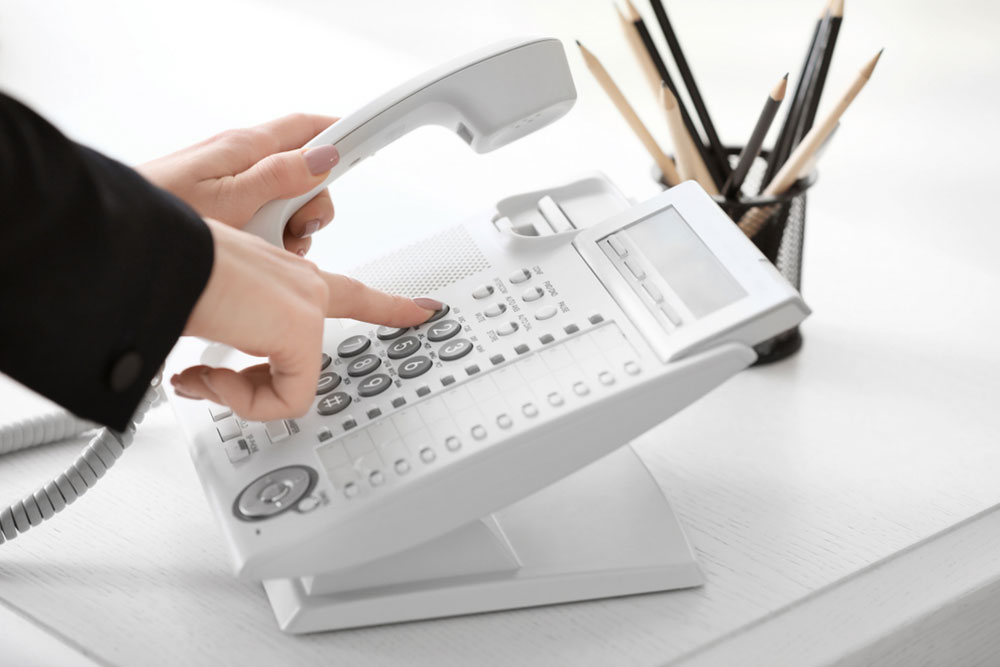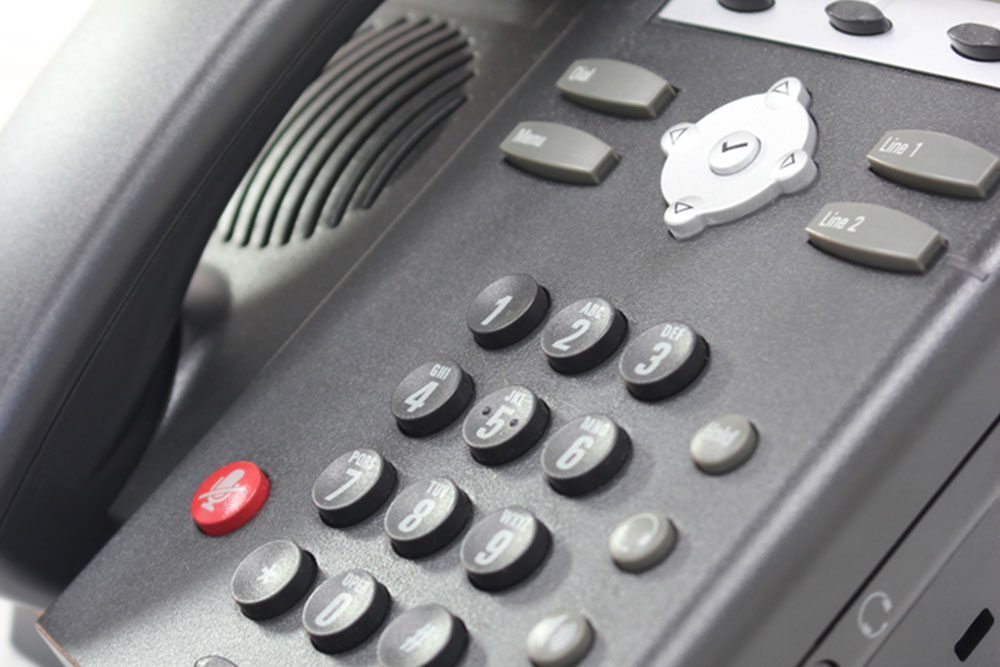A Comprehensive Guide to How Traditional Landline Telephone Services Operate
Explore the comprehensive workings of traditional landline telephone services, from dialing procedures, calling plans, emergency numbers, to special features like hotel phones and payphones. This detailed guide aims to help consumers make informed choices about landline communication options, highlighting essential service features and operational details for reliable connectivity.

In-Depth Explanation of Traditional Landline Phone Services and How They Function
Complete Overview of Landline Telephone Services Across the Country
Landline telephone services have long been a staple of communication infrastructure in many countries, providing reliable voice connectivity to homes, businesses, and institutions. Despite the rise of mobile communication and internet-based services, traditional landline systems continue to serve millions of users due to their stability, clarity, and affordability in certain regions. Understanding how these systems operate, the various plans available, and the differences in service options can help consumers make informed decisions when choosing their communication solutions.
Across the nation, a variety of local landline phone plans are available, tailored to meet the needs of different users. These services are primarily managed by private telecommunications companies, which have established extensive networks and infrastructure to ensure nationwide coverage. Leading providers such as Verizon, BellSouth, SBC, AT&T, Sprint, and MCI offer a broad spectrum of landline services, ranging from basic local calls to complex long-distance and international calling plans. Setting up a landline connection typically involves visiting a service provider, filling out registration paperwork, providing proof of identity, and paying an initial connection fee, which is generally around $38 per phone line. This fee covers the cost of establishing the line and activating the service, after which additional charges depend on the specific plan selected.
Understanding the Technicalities of Landline Dialing and Numbering Systems
One of the fundamental aspects of landline telephone operations is understanding how dialing works and how phone numbers are structured. Each landline telephone number is uniquely identified by a combination of area codes and local numbers, which facilitate routing calls efficiently across the network.
Area Codes: Typically, an area code consists of three digits and denotes a specific geographic region. If your local area code matches the region you're calling from, the call is classified as local. If it differs, the call is considered long-distance, potentially incurring higher charges.
Local Numbers: Following the area code, the local number usually comprises seven digits, uniquely identifying your phone within that region.
Directory Listings: Most telephone directories list both the area code and local number, simplifying connections and searches.
Overlapping Area Codes: In densely populated areas with overlapping or multiple area codes, adding a '1' before the area code enhances clarity, especially for older dialing systems.
Operator Access: To reach an operator directly for assistance, dial "0" for local calls and "00" for long-distance calls, although this may vary slightly depending on the provider and region.
Available Calling Plans and Their Features
Consumers can choose from a variety of calling plans based on their usage patterns and communication needs.
Unlimited Local Calling: Several providers now offer plans with unlimited local calls, allowing users to make as many local calls as they want without additional charges.
Long-Distance and Regional Calls: Many plans include options for regional and nationwide long-distance calls, either as part of a package or at additional per-minute charges.
Special Promotions: New plans often feature one-time fees, typically around $25, which include unlimited calling privileges for a specified period or a certain number of months.
Pay-Per-Minute Plans: Some providers still operate on a pay-as-you-go basis, where every call—local or long-distance—is billed based on the duration, usually per minute.
Special Landline Phone Features: Hotel Phones and Public Payphones
Landline systems also encompass a variety of specialized devices including hotel phones and public payphones, each with unique operational features.
Hotel Phones: Hotel phones are extensions within the property, often equipped with multiple lines, including in-room and bathroom extensions. While these devices facilitate internal communication, charges for calls made from hotel phones are typically based on the hotel's pricing policy, even if the call is toll-free or within the same hotel network.
Public Payphones: Standard payphones are available in public spaces, requiring a fee for use. Usually, a 50-cent fare covers a three-minute call, with instructions printed on the machine for use. If a call fails or if the user wants to terminate the call early, any remaining money is refunded, making payphones a cost-effective and accessible communication option.
Operator-Assisted Calling Services
When dialling errors occur or special assistance is needed, operator-assisted calling services are available through dedicated operators.
Connecting via Operator: To access operator help, dial "0" for local or "00" for long-distance assistance. These operators are available around the clock, providing real-time help to facilitate calls when automated systems fail or when special arrangements are required.
Service Availability and Costs: Operator-assisted calls tend to be more expensive than direct dialed calls due to the human involvement and additional processing. Costs vary based on the call type—station-to-station, person-to-person, local, or long-distance—and any special services requested.
Types of Operator Services: Options include person-to-person calls, where the caller speaks directly with the recipient, and station-to-station calls, which connect to the specific phone number without interaction with the recipient.
Emergency and Directory Assistance Numbers
Every landline system supports essential emergency and directory services crucial in urgent situations or when seeking contact information.
Emergency Number (911): The universal emergency number for immediate assistance in medical, fire, or police emergencies.
Directory Assistance (411): Provides local directory information, helping users find phone numbers and addresses within their vicinity.
Long-Distance Directory Help: For out-of-area information, dial 1-555-1212, which connects you to directory services in different regions.
Toll-Free Support: Dial 1-800-555-1212 for customer service, technical support, or other toll-free assistance provided by service providers.
Voicemail and Answering Machine Features
Modern landline systems often include convenient voicemail and answering service options to ensure users never miss important messages.
Built-in or Additional Voicemail: Many landline phones come with integrated voicemail capabilities, allowing callers to leave messages when the recipient is unavailable.
Standalone Answering Machines: Alternatively, users can connect separate answering machines to their landline to record and retrieve messages independently.
In summary, traditional landline services continue to play an essential role in personal and business communication, offering reliable voice service, comprehensive calling plans, and a range of additional features. Whether for basic calling, emergency assistance, or specialized communication needs like hotel phones and public payphones, understanding how these systems operate can greatly benefit consumers in selecting the most suitable options for their communication requirements.




